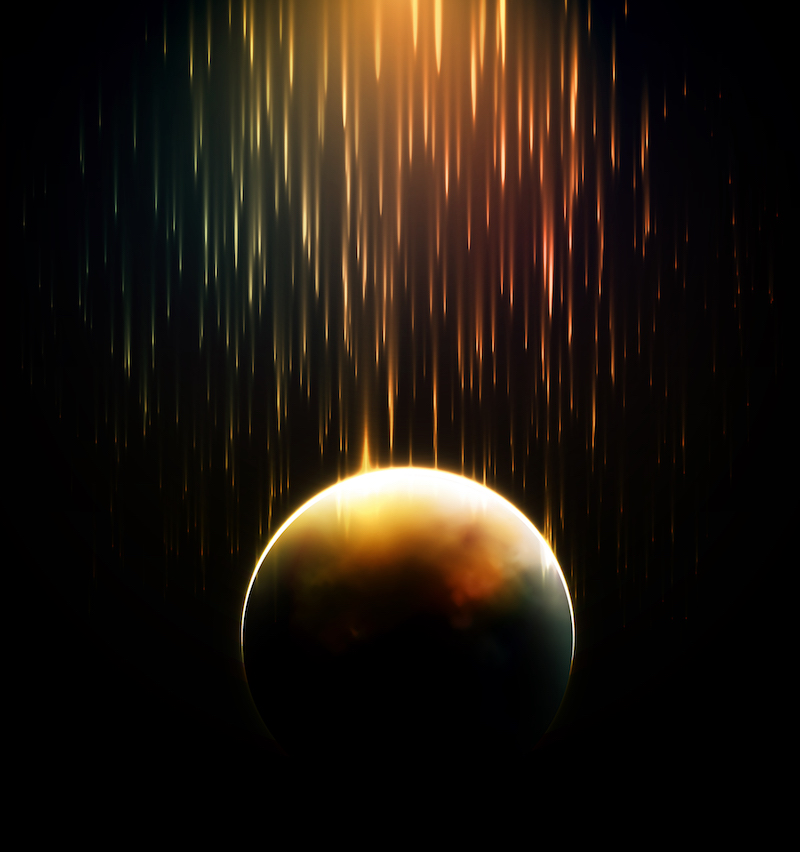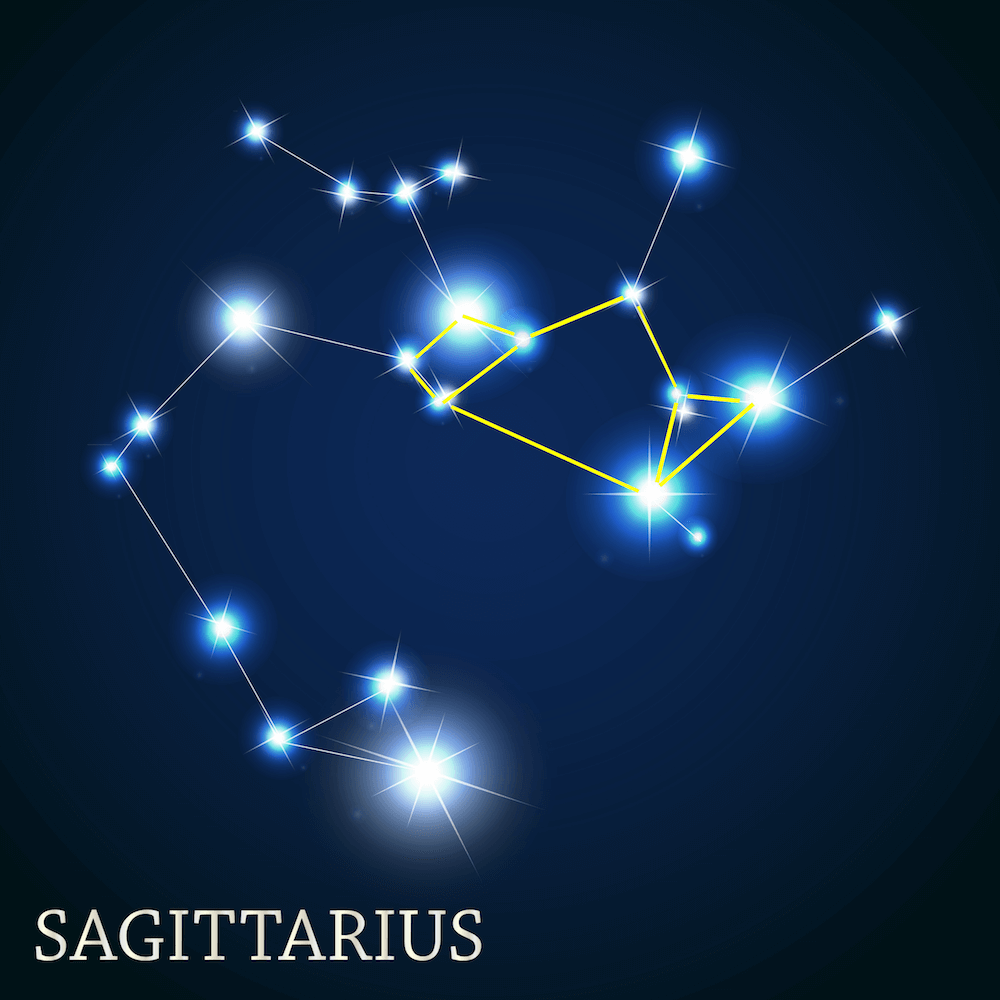Meteor showers are annual events that give us a great excuse to get outside and marvel at the wonder of God’s creation.
The evenings of August 11th, 12th, and 13th are the Perseids meteor shower.
It’s likely to be the best meteor shower of the year, with about 60 to 70 meteors per hour, though there could be bursts of 150 to 160 per hour (like back in 2016).
What is a Meteor Shower
When a meteoroid (space rock) gets too close to the Earth’s atmosphere, it collides with air particles and burns up quickly, creating a steak of light across the sky (often called a “shooting star”).
As the Earth moves around the sun, it occasionally flies through the debris field left behind by comets or other large space rocks. As this large collection of debris collides with the atmosphere, this creates a meteor shower—a series of several meteors an hour.
What is the Perseids Meteor Shower?
Every 133 years or so, the comet called Swift-Tuttle orbits the sun, leaving behind a trail of debris composed of ice and rock. As the Earth flies around the sun every year, we collide with Swift-Tuttle’s old debris path, creating the annual meteor shower we call the Perseids (named that because the meteors appear to radiate from the constellation Perseus).
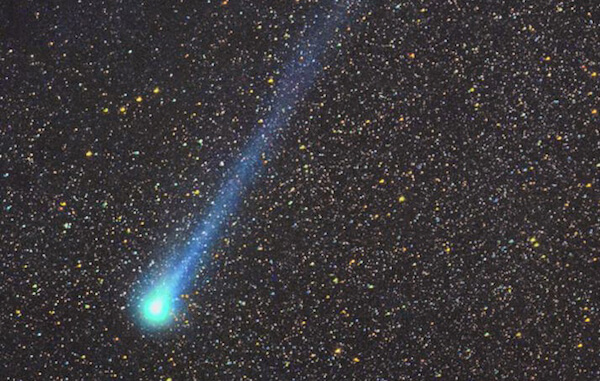
When to Plan Your Meteor Party
The best time to see the Perseid’s meteor shower will be the night of August 12th into the early morning of August 13th.
Another good night will be the evenings of the 11th and into the morning of the 12th.
Meteor showers are best visible after midnight, but if you don’t feel like staying up that late, you can still see meteors in the evening after sunset.
What to Bring to the Meteor Party
- A tally sheet for everyone coming to your party
- Pens for everyone to mark how many meteors they see
- Bug repellent
- Snacks
- Warm clothes if the temperature dips down
What to Do at a Meteor Party
The goal of a Meteor Party is to get out under a clear, dark sky and see how many meteors you can plan to count meteors for a set period of time. Give every member of your family a tally sheet and have them keep count.
But that’s not all! Meteor Parties also provide a chance to see some of the other wonders of the night sky:
- identifying constellations (see the video and diagrams below)
- finding planets (you’ll see 4 this year!)
- look into the center of the Milky Way (see how below)
Best of all, you don’t even need a telescope!
BONUS: Find Some Constellations
While you’re outside, practice finding constellations together!
Below is a video I made that will help you find constellations. Use the diagrams below for reference.
It starts with finding the asterism The Big Dipper in the northern sky and then using the stars of the Big Dipper to find other constellations.
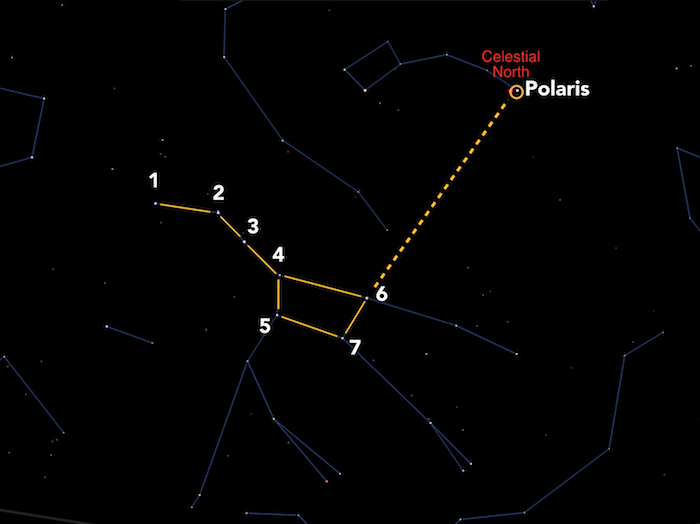

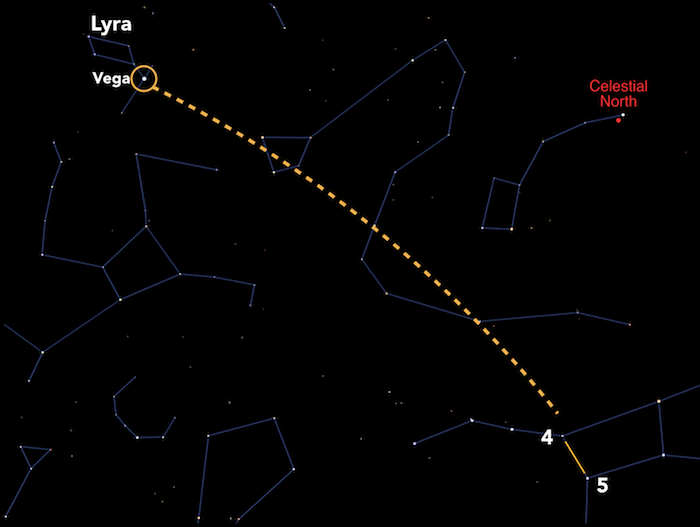
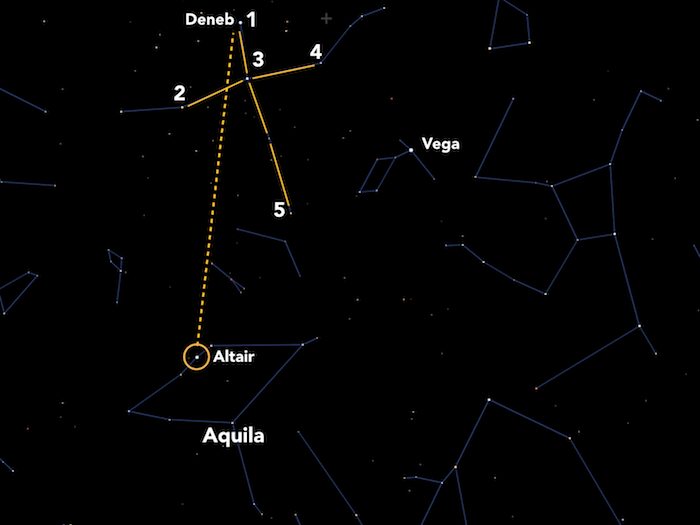
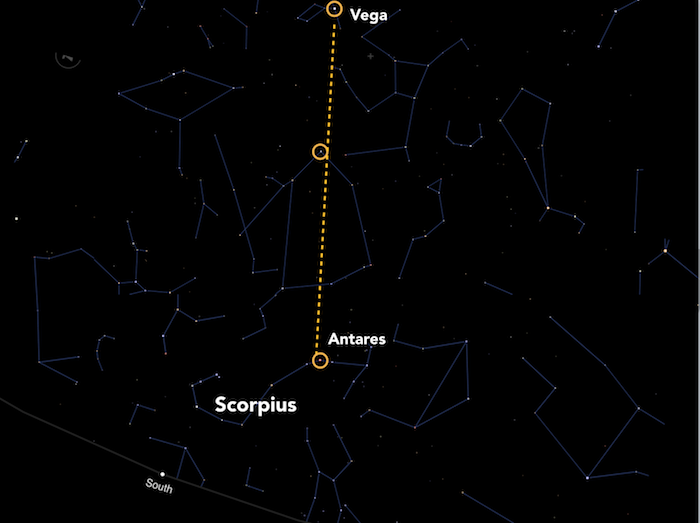
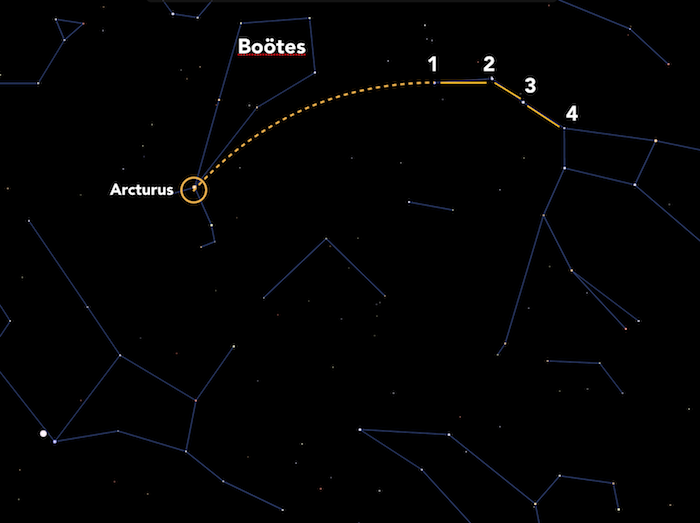
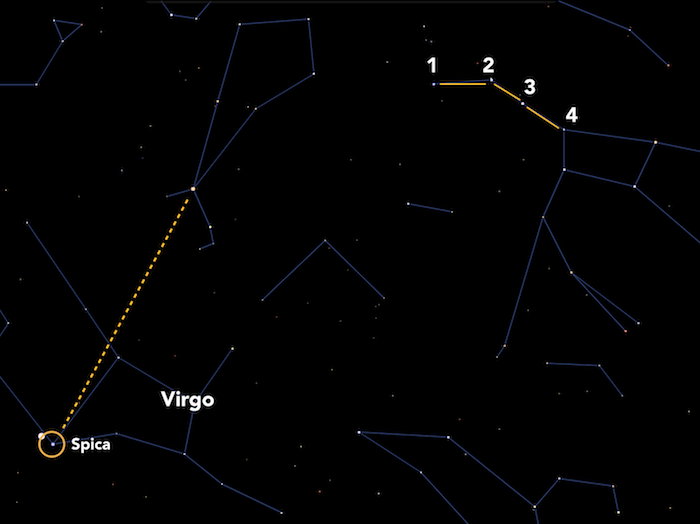
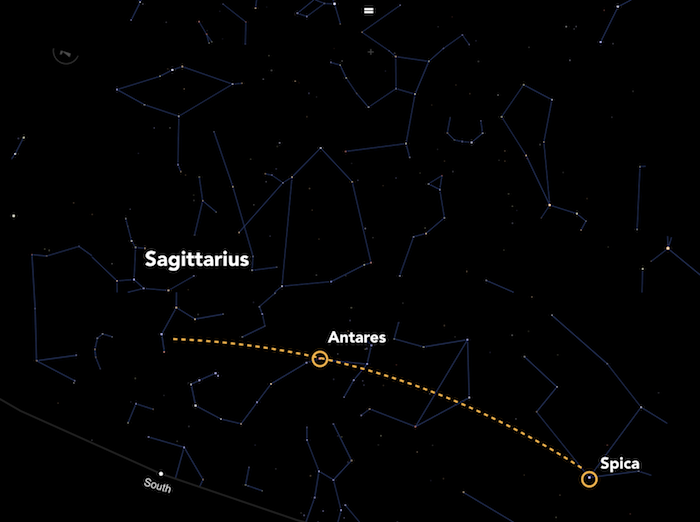
BONUS: Planet Parade!
August 11-13 offers a chance to see 4 planets with the naked eye. You just need to know where to look.
Go out around 9:15pm and face south. It will still be twilight and most stars won’t be visible yet, but you’ll be able to see some of the brightest objects—like planets. You may need to wait another 15 minutes until they’re very clear.
- To the southeast you’ll see the red planet Mars.
- A little to the right you’ll see the planet Saturn just above the constellation Sagittarius.
- A little more to the right you’ll see the bright planet Jupiter at the tip of the constellation Libra.
- And finally a little more to the right, in the western sky, you’ll see the very bright planet Venus.
If you go out at just the right time, and if there aren’t trees or buildings blocking your view, you might be able to see all 4 at the same time.
BONUS: Stare into the Center of the Galaxy
The evening of the meteor shower will be a perfect time to look into the heart of our own galaxy!
Our star, the sun, is just one of billions of stars in the Milky Way Galaxy, and in very dark skies you can see what looks like a milky white “cloud” going from one end of the sky to the other. This is the light from billions of distant stars.
Start by finding the constellation Sagittarius (the diagrams above will help you do that). At 10pm, Sagittarius will be just to the left of due South. At 11pm, it will be at due south.
The brightest stars of Sagittarius make a teapot shape. The white, cloud-like band of the Milky Way that circles through the whole sky runs right by the “spout” of the teapot. (It looks almost like steam is coming from the teapot).
Looking to the right of the spout of the teapot, is the heart of the Milky Way, the galactic center. (You could even bring some binoculars or a telescope if you want to look closer.)
